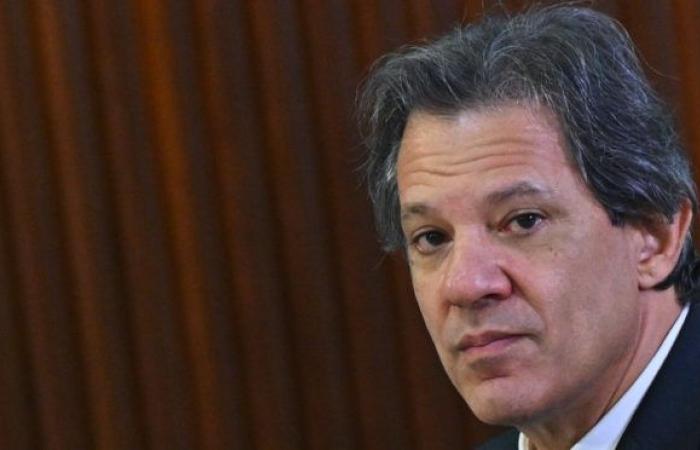Brazil’s tax burden fell in 2023, according to an estimate released this Thursday (28) by the National Treasury. According to the report, federal, state and municipal governments collected around R$3.5 trillion in taxes, equivalent to 32.44% of the Gross Domestic Product (GDP) – that is, they were left with just under a third of all the wealth produced by the country in the year.
The number corresponds to a drop of 0.64 percentage points (pp) in relation to the 2022 tax burden, estimated at 33.07% of GDP. Among the main reasons cited by the Treasury are the reduction in the collection of federal taxes charged to companies and also in state revenues from ICMS.
In absolute values, tax collection had a nominal increase (without taking into account inflation) of 5.6% from 2022 to 2023, according to the Treasury. But, as GDP grew more than that, the tax burden decreased in relative terms.
When divided by federal entity, the tax burden had the following variations, according to the Treasury:
- Unity: tax burden reduced from 22.41% of GDP in 2022 to 21.99% of GDP in 2023
- States: tax burden reduced from 8.48% to 8.12% of GDP
- Counties: tax burden increased from 2.18% to 2.32% of GDP
Federal government collected less IRPJ and CSLL, and more IR withheld at source
At the federal level, the Treasury bulletin highlights that revenues from Corporate Income Tax (IRPJ) and Social Contribution on Net Profit (CSLL) fell, respectively, 0.45 pp and 0.21 pp of GDP. In addition to reductions in the monthly estimates and quarterly balances of these taxes, the bulletin mentions a drop in revenue with the declaration of adjustment for these taxes, relating to taxable events in 2022.
Another point mentioned in the report are “atypical collections of around R$5 billion, especially by companies linked to the exploration of commodities, in the period from January to December 2023 against R$42 billion in the same period in 2022”.
On the other hand, the government collected more from Income Tax Withheld at Source (IRRF). According to the Treasury, the 0.33 pp increase in GDP from one year to the next is due to the increase in income from capital and also from salaried work.
States lost revenue from ICMS and gained from IPVA; municipalities collected more ISS
In the states, the main impact was a drop of 0.44 pp of GDP in ICMS collection, under the effect of laws approved in 2022, such as the one that established a ceiling on this tax on fuel, energy, telecommunications and public transport.
Even though many states later raised the standard ICMS rate (which applies to most goods and services), overall the collection of this tax fell compared to the previous year. In the opposite direction, state revenues from IPVA grew by 0.1 pp of GDP in 2023.
The only sphere of government in which there was an increase in the tax burden in 2023, according to the Treasury, was the municipal sphere. The main explanation for this was an increase of 0.1 pp in ISS collection, related to real growth of 2.3% in the services sector in 2023.
Infographics Gazeta do Povo[Clique para ampliar]
Infographics Gazeta do Povo[Clique para ampliar]






